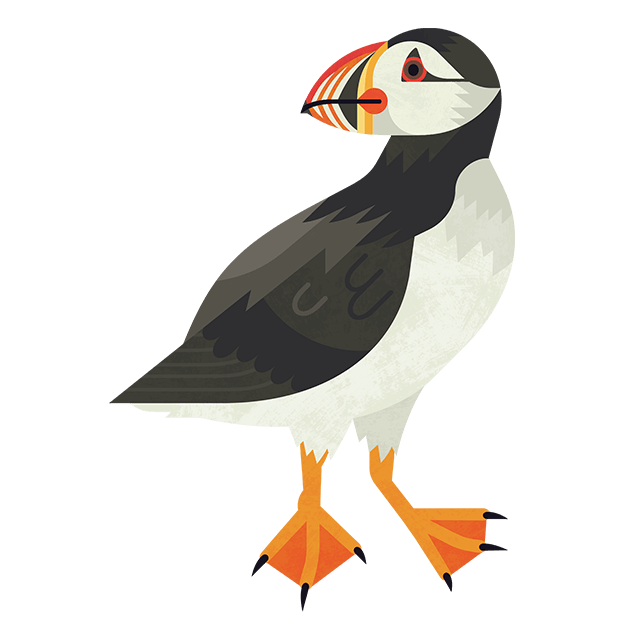We're the Marine Conservation Society, an environmental charity by and for sea lovers. We're working toward a cleaner, better protected, healthier ocean: one we can all enjoy. Will you help us?

Membership
Looking for a quick and easy way to support the seas around us? Find out what it means to join our UK-wide community of marine lovers and become a member of our ocean charity today.

Wet wipe campaign win for our seas
After over a decade of campaigning, we're delighted by the announcement from all governments across the UK banning the supply and sale of single-use wet wipes containing plastic.

Citizen Science Month
To mark Citizen Science Month this April, we take a look at what 'citizen science' is, why it's so important, and how can you get involved.
How you can help
Whether you live inland or by the coast, there are lots of ways you can become a champion for our seas.
55
%
drop in plastic bags found on UK beaches since 5p charge was introduced
79.3
p
for every £1 donated is used for our charitable activities
25,000
volunteers donating their time








